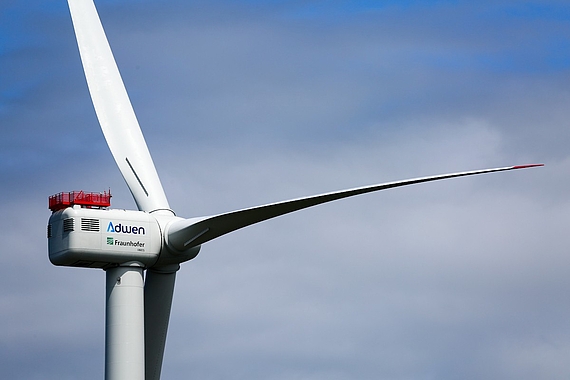Credit Points
depending on PO
Control plays a key role in conception, design and operation of wind turbines. The controller adapts the turbine to particular external conditions and operation conditions (e. g. yaw control, torque-speed control, pitch control, etc.). A well-balanced controller can improve the performance of a wind turbine significantly and can help to reduce mechanical loads. On the contrary, a bad controller may eliminate the performance of turbine components. Simply speaking, there is no "good" wind turbine without a "good" controller.
The course Control of Wind Turbines (CWT) teaches the foundations of modelling, analysis and control synthesis of linear systems with a focus on the application to wind turbines.
The module CWT gives insight into manifold competences in the area of wind turbine control. After successful completion, the students are able to
The lecture of the module CWT addresses the following topics:
In parallel to the lectures, students practise the learned topics in accompanying tutorials. Some of the tutorials take place in the CIP pool with a PC, in which simulations strengthen the understanding of control technologies for wind turbines. The challenge of the course to teach applied control technology to students of civil engineering is solved by a carefully considered education concept with activating units. That concept has already been published in a peer reviewed journal article.
In order to emphasise their self-study engagement, students have to prepare a portfolio as an additional unmarked achievement. Therein, they individually collect course material and additional information that they consider important for accomplishing the learning objectives. Details on the portfolio are explained during the course.
For the successful completion of the course, students have to pass an oral exam. The oral exam has a duration of approximately 20 minutes. Students have to register in due time at Akademisches Prüfungsamt (APA). Online registration is also required for the additional unmarked achievement, i. e. the portfolio.
Changes in the Master's studies "Energy Technology": Students receive 5 CP. As Energy Technology students already have at least basic knowledge of control technology, understanding the theory of the course is much easier, reducing the amount of required self-studies. A reduction of work load is thus not necessary.


 ©
Fraunhofer IWES
©
Fraunhofer IWES


 ©
FBG / C. Bierwagen
©
FBG / C. Bierwagen


 ©
Silvio Matysik / wind-turbine-models.com
©
Silvio Matysik / wind-turbine-models.com


 ©
FBG / C. Bierwagen
©
FBG / C. Bierwagen